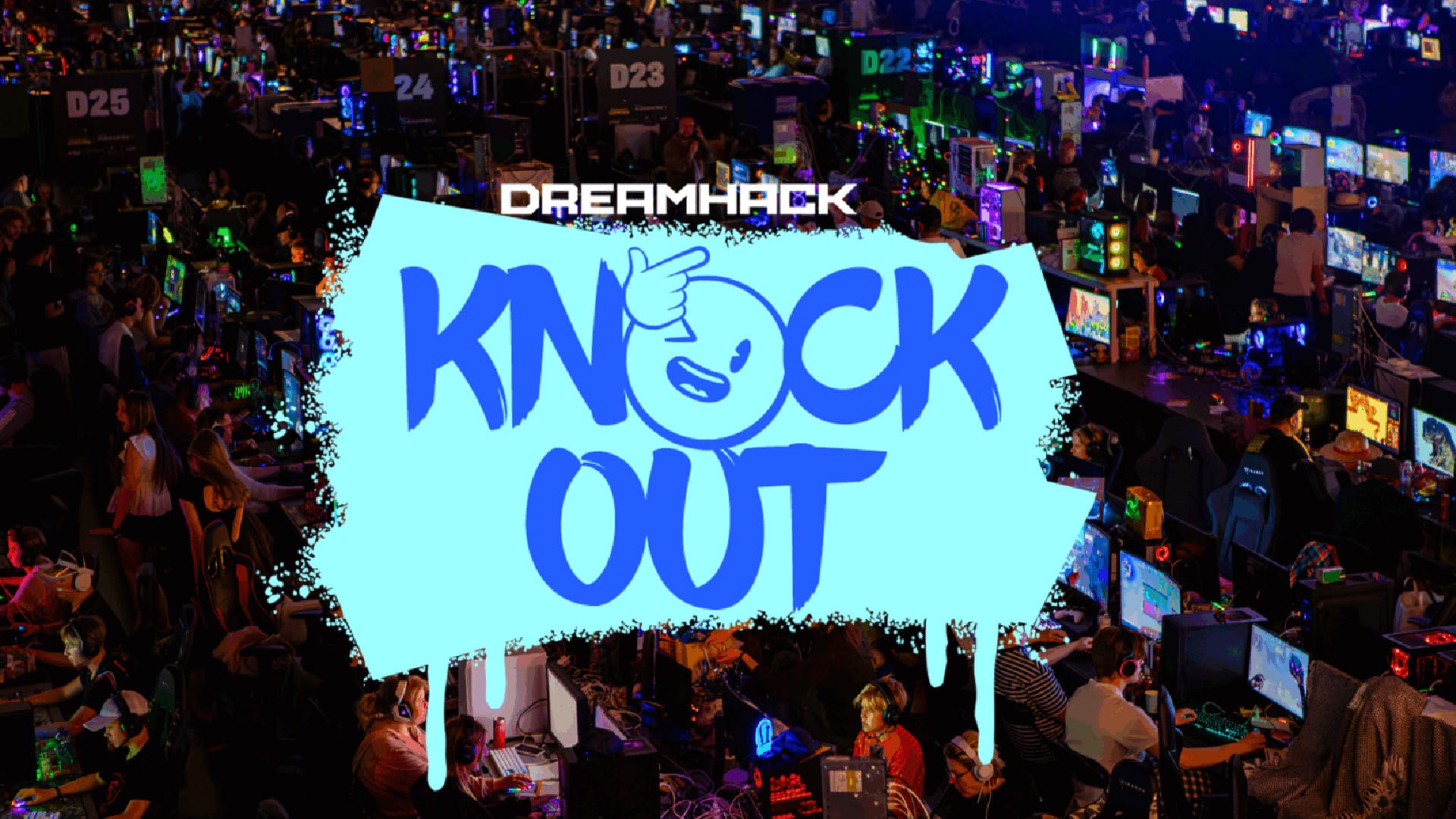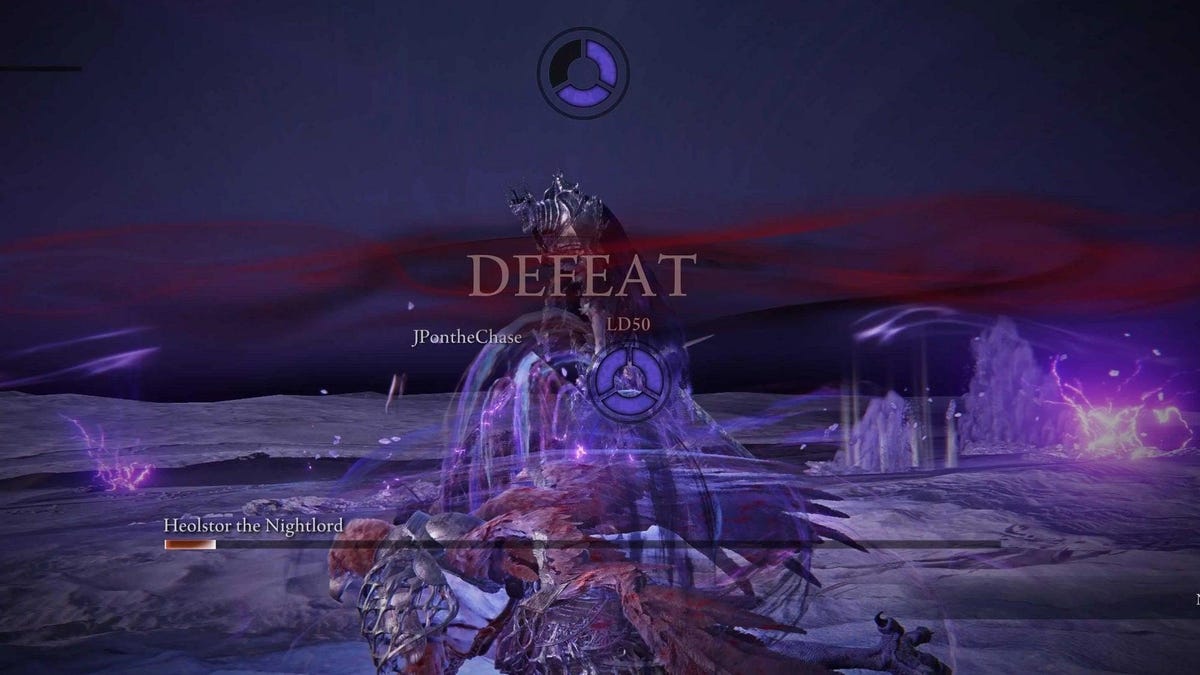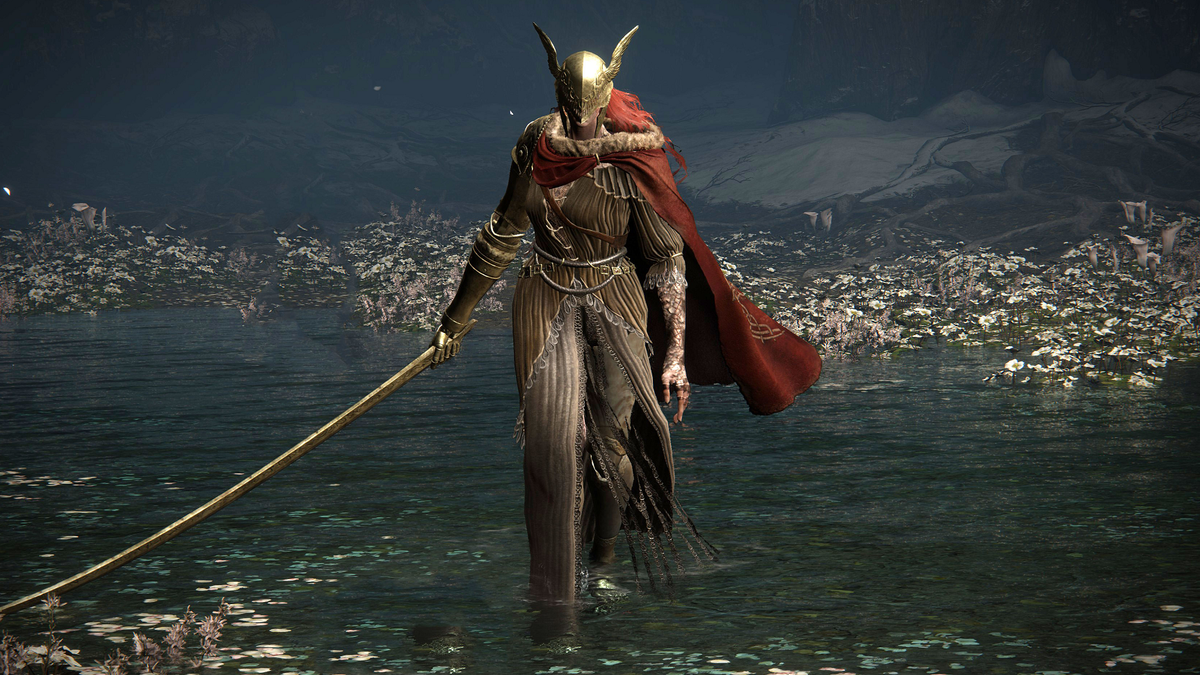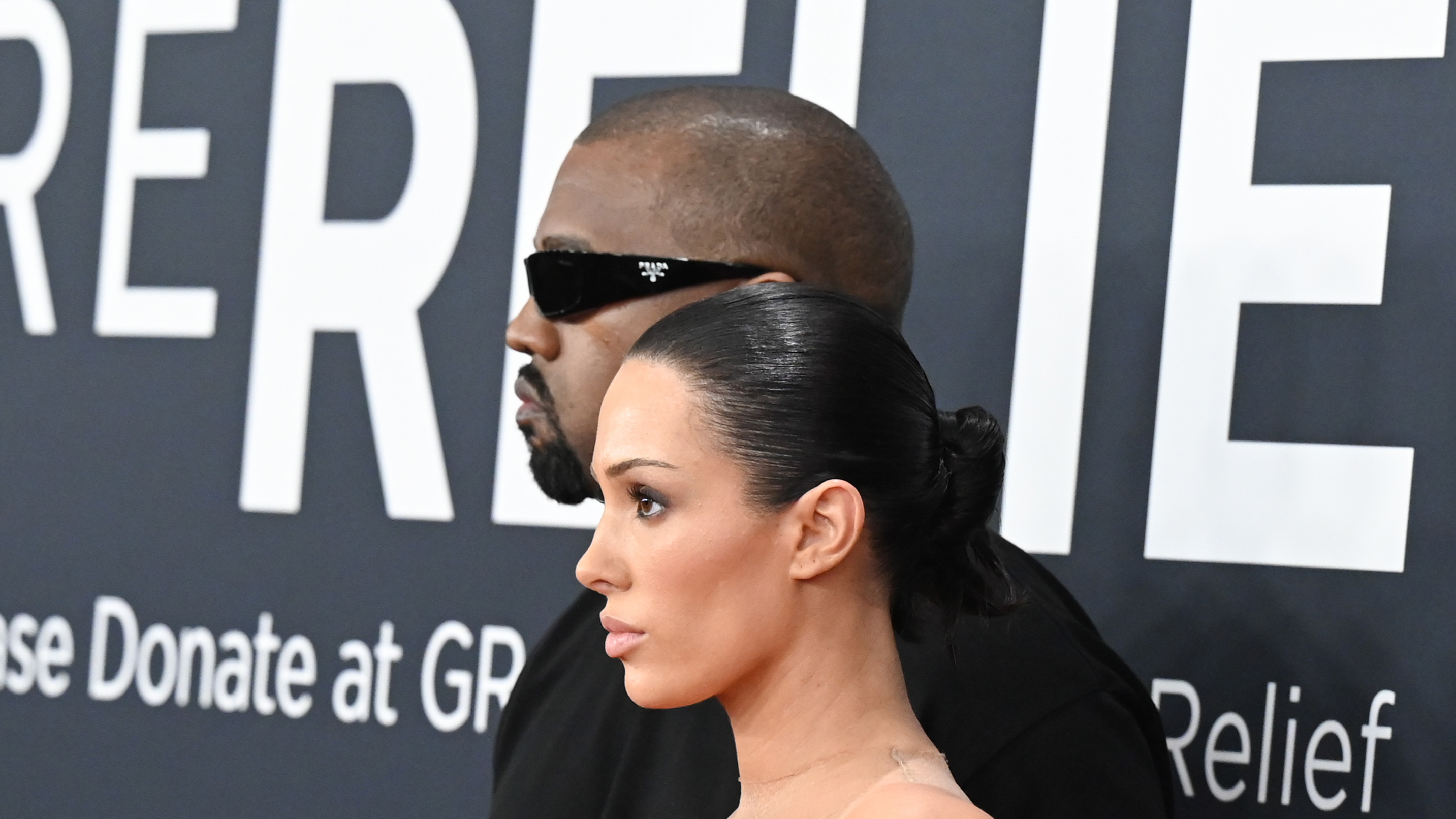D&D faces a real rival in Critical Role as a true TTRPG showdown begins
On July 16, the world of tabletop role-playing games (TTRPG) was shocked to learn that former senior Dungeons & Dragons designers, Christopher Perkins and Jeremy Crawford, had joined the ranks of Darrington Press. The news arrived just weeks after Critical Role Productions’ tabletop games imprint launched its first in-house game, Daggerheart. Back in April, Perkins […]


On July 16, the world of tabletop role-playing games (TTRPG) was shocked to learn that former senior Dungeons & Dragons designers, Christopher Perkins and Jeremy Crawford, had joined the ranks of Darrington Press. The news arrived just weeks after Critical Role Productions’ tabletop games imprint launched its first in-house game, Daggerheart.
Back in April, Perkins and Crawford unexpectedly left Wizards of the Coast, where they were integral to the design and success of D&D’s 5th edition iteration. But it wasn’t clear which path they’d forage next.
Now, Critical Role CCO Matt Mercer will combine their two decades of game-design experience with the momentum of the actual-play empire. It’s easy to imagine the duo contributing to Daggerheart, which, mere weeks after its praise-filled launch, threatens D&D’s place at the top of the TTRPG mountain. As someone who has followed the TTRPG for years, the creative energy and impulse at Darrington Press/Critical Role feels palpable while, on the other side, Wizards seems to be struggling to keep up.

From an outsider’s perspective, there seem to be two different stories here. One is the official version of an amicable relationship between “mother” Wizards and the poster child, Critical Role, sealed by a congratulatory post on X. By all official accounts, Perkins, after reaching the position of creative director for D&D in 2024, amicably retired in April 2025, at the age of 57. Crawford, who had also maxed out his level in 2024 as game director, left shortly after Perkins, because he was satisfied with the product and wanted to pursue different creative avenues.
At the time, Wizards of the Coast’s VP of franchise and product (Dungeons & Dragons) Jess Lanzillo told Screen Rant that Perkins and Crawford’s departures had “been a point of discussion for some time and something that we’ve been training up everyone for.“ According to Lanzillo, their substitutes would come from the current ranks, as the team is strong and there is a clear roadmap in place for the next five years of D&D.
But there might be a less savory story to the transition and Darrington’s recruitment of the legendary designers. Two months after Perkins and Crawford left the company, Wizards of the Coast shared two job openings for senior Dungeons & Dragons designers, one listed as “Head of Game Ecosystem” and one as “Principal Game Designer”, which are, essentially, the roles that Perkins and Crawford covered. If Wizards’ hope was to really promote from within, plans, at some point, clearly changed.
In another surprising news, shortly after the announcement that Perkins and Crawford had joined Darrington Press, Lanzillo announced her own departure from Wizards of the Coast. (No details were shared about her next role). Finally, on the same day, Todd Kenreck, a screenwriter, producer, and Dungeon Master who was the head of content for D&D since 2022, announced he had been laid off from Wizards. Kenreck was a close collaborator with Perkins and Crawford, appearing in interviews any time the company launched a new product, and his sudden departure raised its own eyebrows.
Were Perkins and Crawford’s exits motivated by dissent rather than “retirement”? It’s pure speculation, of course, but it’s undeniable that losing a creative director, a game director, a VP of Franchise and Product, and the head of content in the span of a couple of months does not bode well for “the world’s greatest role-playing game”. (Polygon reached out to Perkins and Crawford to conduct a follow-up interview, but representatives for Darrington said they were not available for further comment at this time.) It’s notable that the other person responsible for the inception of D&D’s 5th edition, Mike Mearls, was laid off in 2023 and later joined rival publisher Chaosium (of Call of Cthulhu fame). If two clues make a case, five clues spell trouble for Wizards and Dungeons & Dragons, often considered the most popular TTRPG in the world — which is, today, a hard claim to make.

It’s undeniable that the game’s 5th edition is a beacon of success in the history of D&D. Thanks to its simplified rules, newfound focus on storytelling, the success of Critical Role’s actual play show, and unexpected mainstream exposure (Stranger Things be blessed), D&D went from a famous but still niche product to a massive media icon. Baldur’s Gate 3 and the first (almost) decent Dungeons & Dragons movie, Honor Among Thieves, sealed the deal (just look at the earnings reports) and it seemed that there was nowhere to go but up for the game. Enter D&D 2024, an updated and revised version of 5th edition that was supposed to be the jewel of the crown, the cherry on top of a magnificent cake. But from a player standpoint, it wasn’t.
Most of the backlash against the 2024 rules is confined to online spaces, such as X and Instagram, where criticism and factionalism often take a life of their own, unrelated to the merits of a specific product. However, that’s not entirely true in the case of the 2024 rules. I have been an active Dungeon Master for the past eight years, running weekly sessions almost non-stop. I own most of the 5th edition books, all of the 2024 ones, and I engage with the D&D community daily on different platforms. So, I can say, humbly but knowledgeably, that the latest iteration of the rules is far from what it could have been, and it certainly does not feel like an improvement of the product.
As Derek Garcia wrote in this brilliant review, the problem with the 2024 rules is that these fail to fix the biggest issue with D&D’s 5th edition — a loose rules system that intentionally offloads game design onto the DM — and they actually make it worse, too. It’s still entirely up to interpretation what happens to Druids if they wear metal armor, but that’s just the most commonly cited example. When I bought the new core rulebooks, I was genuinely shocked by the lack of things I found. Swayed by the marketing and the hype, I was expecting these to be an expansion of their previous versions, which came out 10 years ago, where things would be added, not subtracted. Instead, I was welcomed by fewer customization options for characters, more vague wording about action economy and spells, and even the removal of iconic monsters, forcing me to go back to the old versions of the book constantly during my games.
Nowhere are these issues more evident than in the new Dungeon Master’s Guide. While the original 5th edition put a lot of stock in the DM’s role and ability to bend the rules, the 2014 Dungeon Master’s Guide did what it said on the cover, and guided you somewhat effectively in navigating those dangerous waters. The 2024 version, instead, presents a plethora of vague and general directions that only exacerbate the “loose rules” issue. I love that they included a whole Greyhawk setting in the book, but how much useful rules-related content was cut to accommodate that? In contrast, character classes in the 2024 Player’s Handbook were made a lot more powerful, each one now loaded with abilities that make it even harder for DMs to balance encounter difficulty – another massive issue with the game.
Beyond player issues with the game, which has its own culture war going on that further alienates parts of the players’ base, Hasbro and Wizards of the Coast have struggled to evolve as the overlords of the D&D brand. Their reputations as companies have come under fire repeatedly over the last few years for layoffs and the use of AI.The mountaintop where Dungeons & Dragons does not seem so solid now as it did a few years ago.

The landscape is shifting, but is Daggerheart truly poised to take D&D’s crown as “the world’s greatest role-playing game”? Personally, I don’t think so, or at least, it’s not happening soon. Most of the players who have issues with the “woke” tones of the current iteration of D&D will have the same issues with Daggerheart, a game where you can ride indestructible wheelchairs. These players are more likely to keep playing older editions of D&D, including the always-popular AD&D ruleset, or its modern equivalents, one of the many games under the Old School Renaissance (OSR) umbrella, such as Dungeon Crawl Classics, Old School Essentials, or their 5e port, Shadowdark. And while Daggerheart has a completely different rules system that can be deceptively complex, it still leaves too many holes to be filled by the DMs (for example, gear, loot, and downtime activities), thus facing some of the same issues as D&D’s 5th edition and the 2024 rules.
However, there is no denying that Daggerheart has a running start right now, and the hiring of Perkins and Crawford adds to the momentum. Meanwhile, D&D has lost its top creative heads and has yet to replace them after two months, and is stuck with a far-from-optimized product and a five-year roadmap that won’t be easy to implement in these conditions. What happens when more and more streamers (including the Critical Role crew, of course) decide to play and showcase Daggerheart rather than D&D? Will the latter’s mainstream popularity last for much longer?
Only one thing looks certain: Perkins and Crawford will play a decisive role in this (for now, still cold) war. Free from the restraints of a massive corporation and of a system they’ve been bound to for the past 20 years, these two, along with the other creatives at Darrington Press, could really make something incredible, ending five decades of Dungeons & Dragons domination in the world of TTRPG.































































































































































































































































